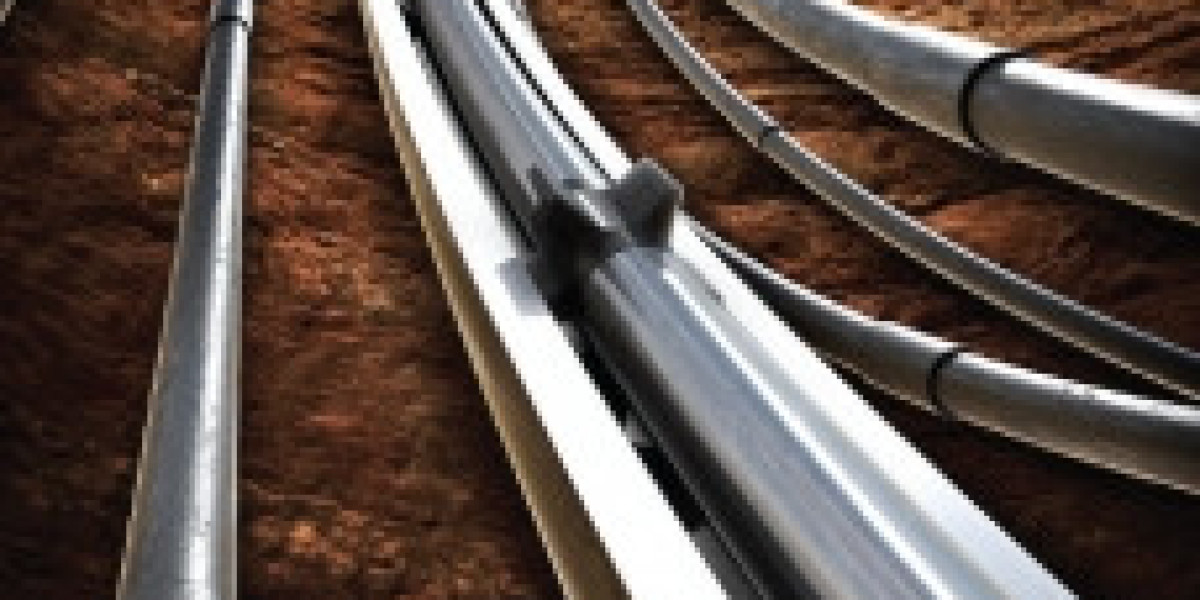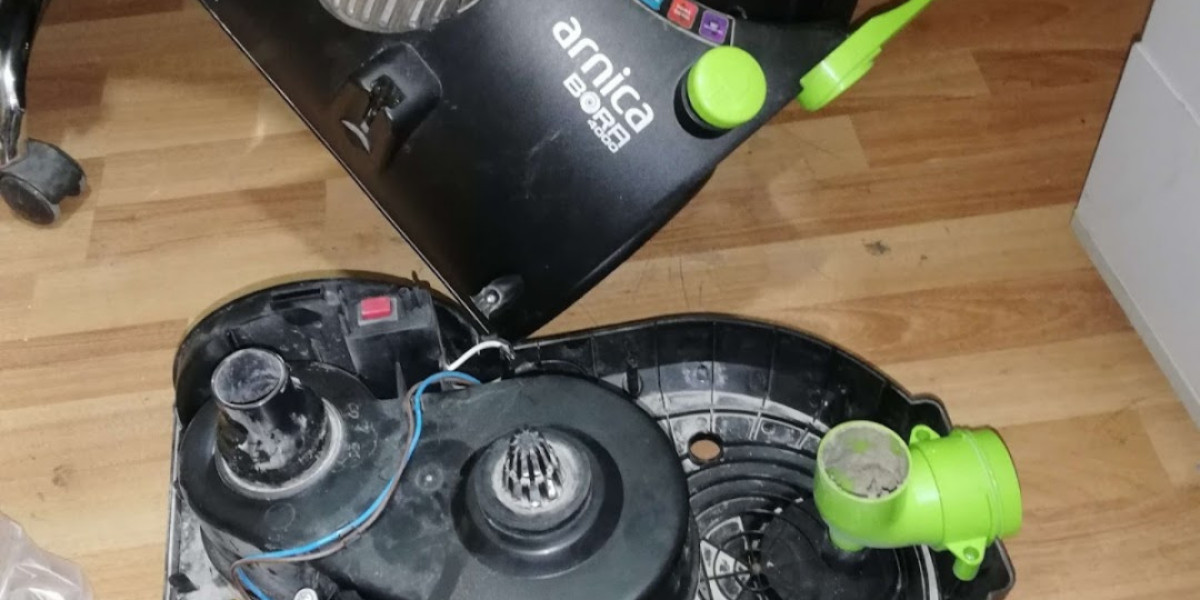A whipstock drilling assembly is a specialized tool used to deviate a wellbore from its vertical path, enabling access to horizontal or deviated reservoirs. This assembly is crucial for maximizing oil and gas production, particularly in complex geological formations.
Primary Components of a Whipstock Assembly
Whipstock: The core component of the assembly, the whipstock is a wedge-shaped tool that is placed at the bottom of the wellbore. It deflects the drill string, causing the wellbore to deviate from its vertical path. Whipstocks are typically made of hardened steel to withstand the rigors of drilling.
Drill String: The drill string is the conduit through which the drilling bit is lowered into the wellbore. It consists of a series of drill pipes, drill collars, and a bottom hole assembly (BHA). The BHA includes the drill bit, stabilizer, and other components that help control the drilling trajectory.
Drilling Bit: The drilling bit is the cutting tool that removes rock and creates the wellbore. For whipstock drilling, a specialized bit, such as a roller cone bit or fixed cutter bit, is used to ensure efficient and accurate deviation.
Stabilizer: A stabilizer is a device placed in the drill string to maintain a specific drilling trajectory. In whipstock drilling, stabilizers are used to control the deviation angle and prevent the drill string from twisting or bending excessively.
Mud Motor: A mud motor is an alternative to a rotary table for driving the drill string. It uses the pressure of the drilling fluid to rotate the drill string, providing additional torque and control for deviating the wellbore.
Downhole Motor: A downhole motor is similar to a mud motor but uses a different power source, such as electricity or hydraulic pressure. Downhole motors offer advantages in terms of torque, speed, and control.
Measurement While Drilling (MWD) and Logging While Drilling (LWD): These technologies provide real-time data on drilling parameters, such as depth, deviation angle, and formation properties. MWD and LWD are essential for monitoring the progress of whipstock drilling and ensuring accurate wellbore placement.
Factors Affecting Whipstock Drilling Performance
Whipstock Angle: The angle of the whipstock determines the rate of deviation. A steeper angle will result in a more rapid deviation.
Drilling Fluid Properties: The properties of the drilling fluid, such as density and viscosity, can affect the drilling rate and the effectiveness of the whipstock.
Formation Properties: The hardness and strength of the formation can influence the rate of deviation and the overall drilling efficiency.
Drilling Parameters: Factors such as drilling weight, rotary speed, and bit type can impact the performance of the whipstock assembly.
By understanding the key components and factors affecting whipstock drilling, operators can optimize their operations and achieve successful wellbore deviation.








